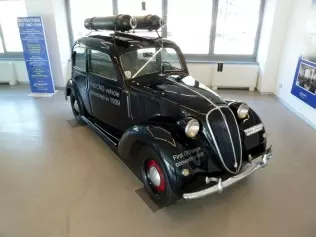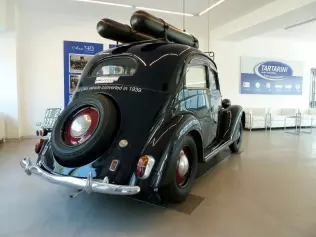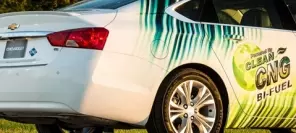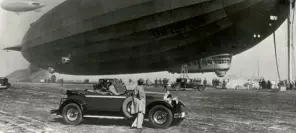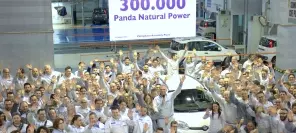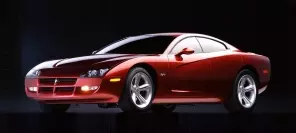- Main page
- Search
- Up to date
- Products
- Technology
- Vehicles
- Video
- Conversion Payback Simulator
Port Injection - Conversion Payback Simulator
Direct Injection - Conversion Payback Simulator
Diesel - Newsletter
Aleandro Tartarini drove Fiat 508 CNG
 loading results...
loading results... © Omniauto
© Omniauto 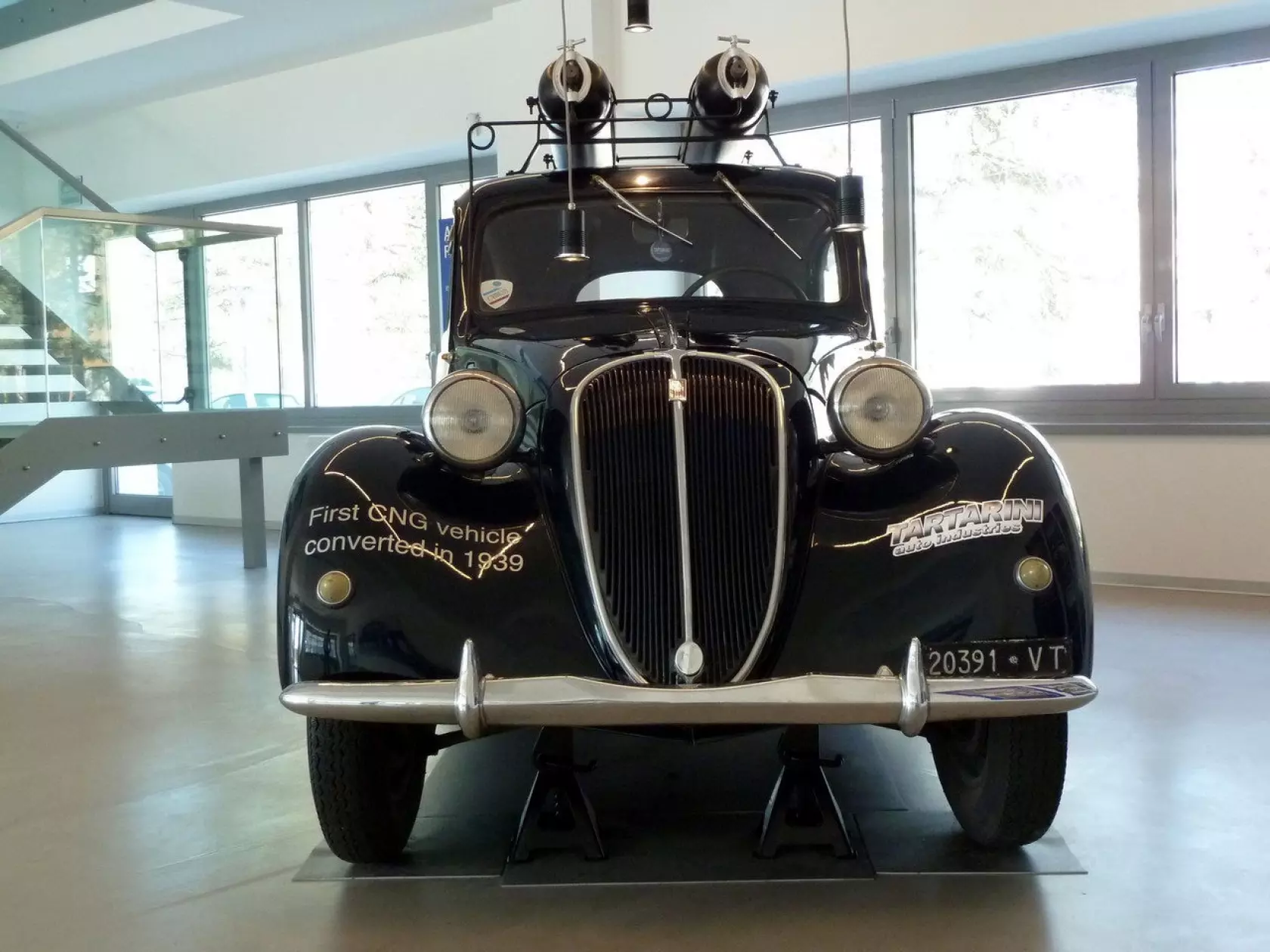 World’s first car adapted to natural gas supply (1939) - Fiat 508 owned by Aleandro Tartarini, the founder of OMT Tartarini, now Tartarini Auto
World’s first car adapted to natural gas supply (1939) - Fiat 508 owned by Aleandro Tartarini, the founder of OMT Tartarini, now Tartarini Auto 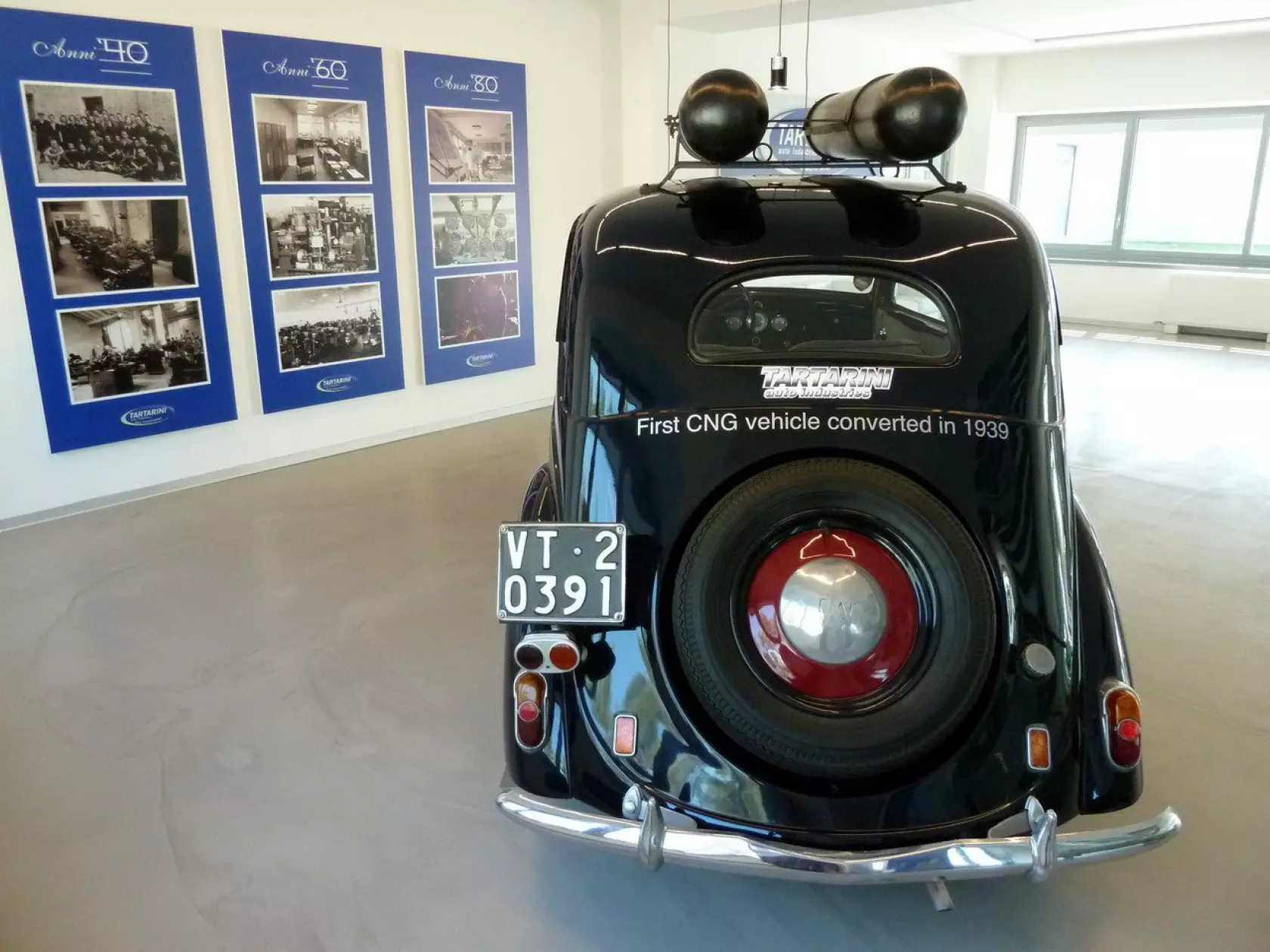 Fiat 508 adapted to run on CNG supply owned by Aleandro Tartarini
Fiat 508 adapted to run on CNG supply owned by Aleandro Tartarini 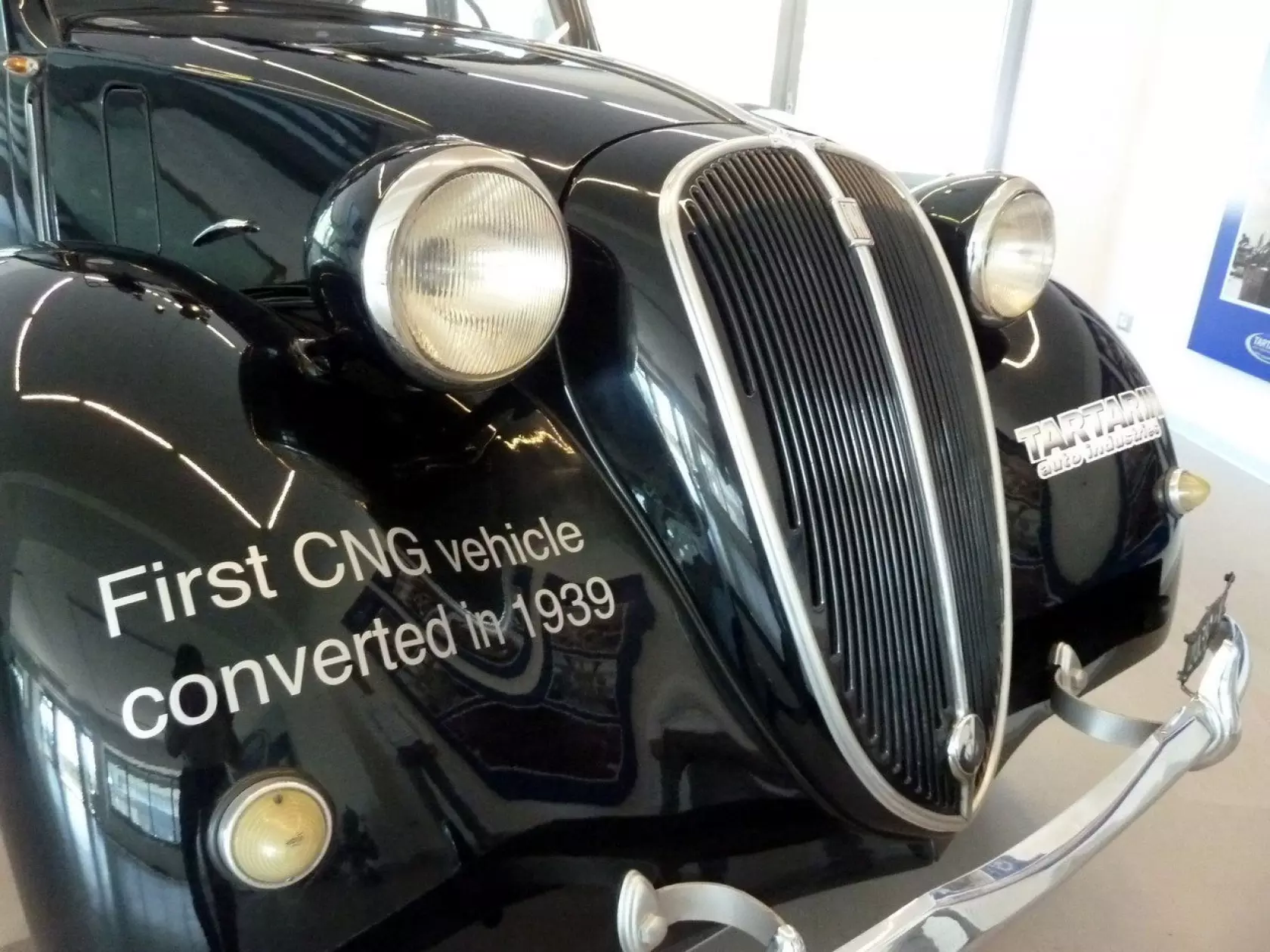 Fiat 508 adapted to run on CNG supply owned by Aleandro Tartarini
Fiat 508 adapted to run on CNG supply owned by Aleandro Tartarini 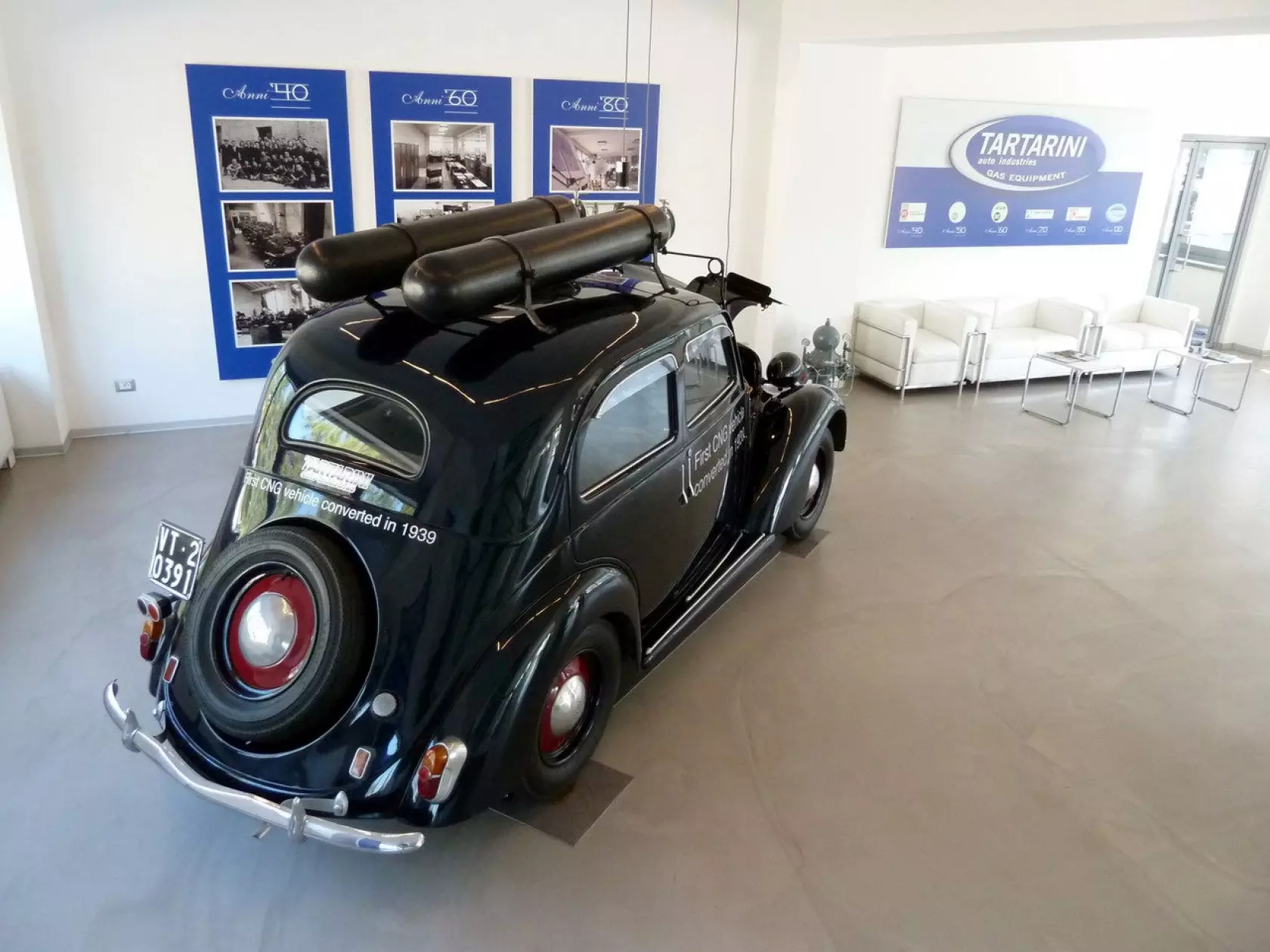 Fiat 508 adapted to run on CNG supply owned by Aleandro Tartarini
Fiat 508 adapted to run on CNG supply owned by Aleandro Tartarini 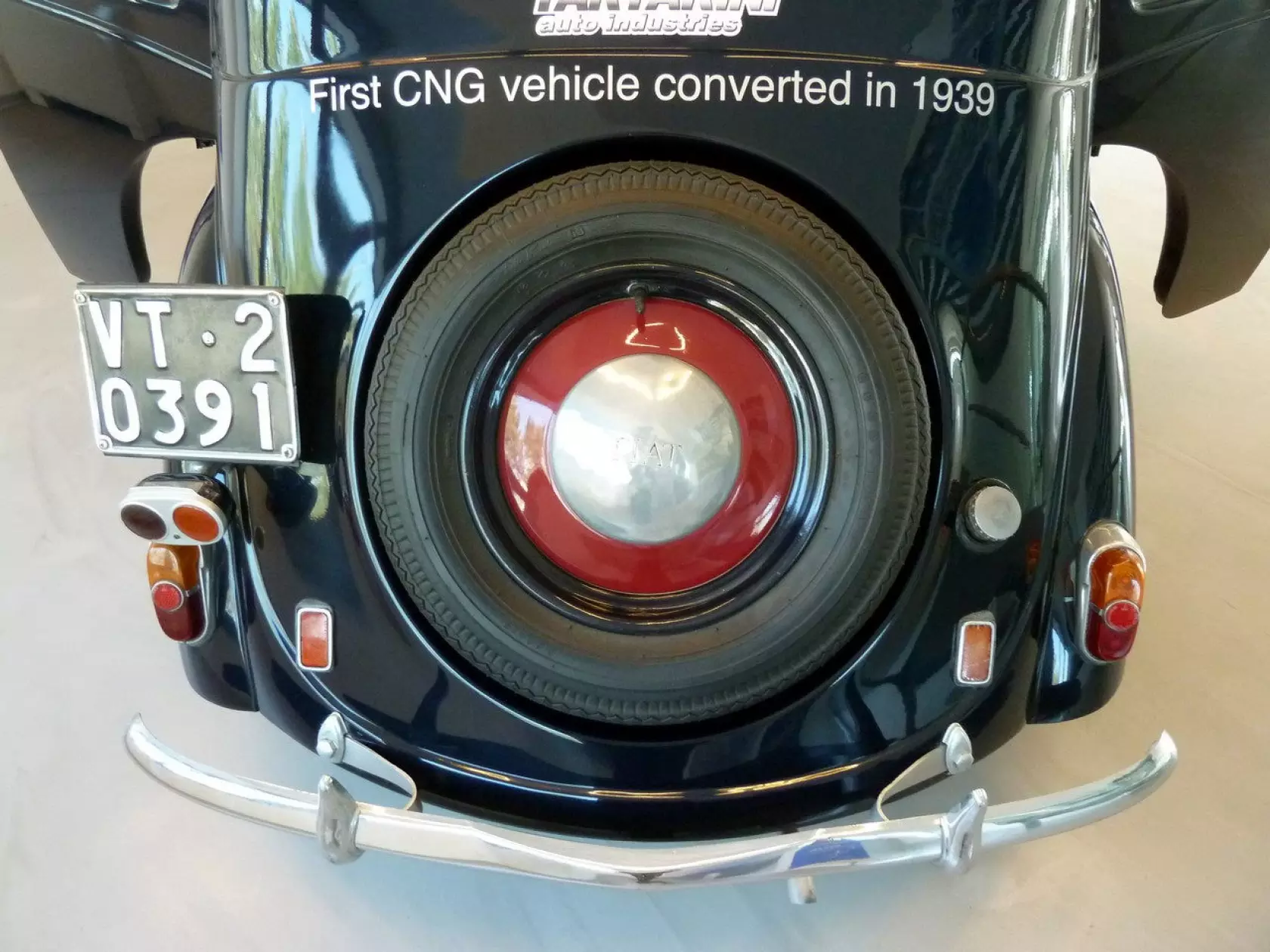 Fiat 508 adapted to run on CNG supply owned by Aleandro Tartarini
Fiat 508 adapted to run on CNG supply owned by Aleandro Tartarini 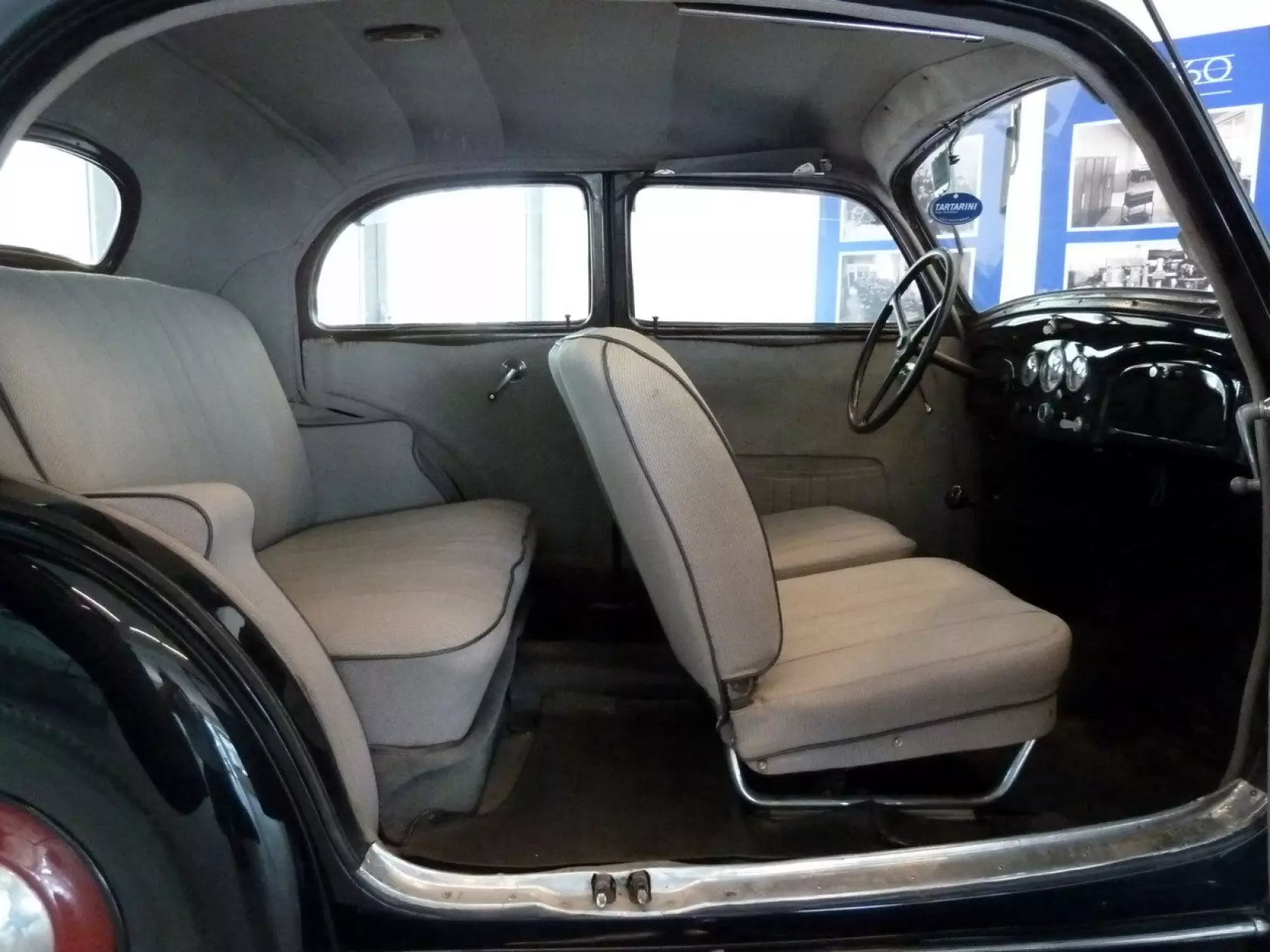 Fiat 508 adapted to run on CNG owned by Aleandro Tartarini - the interior
Fiat 508 adapted to run on CNG owned by Aleandro Tartarini - the interior 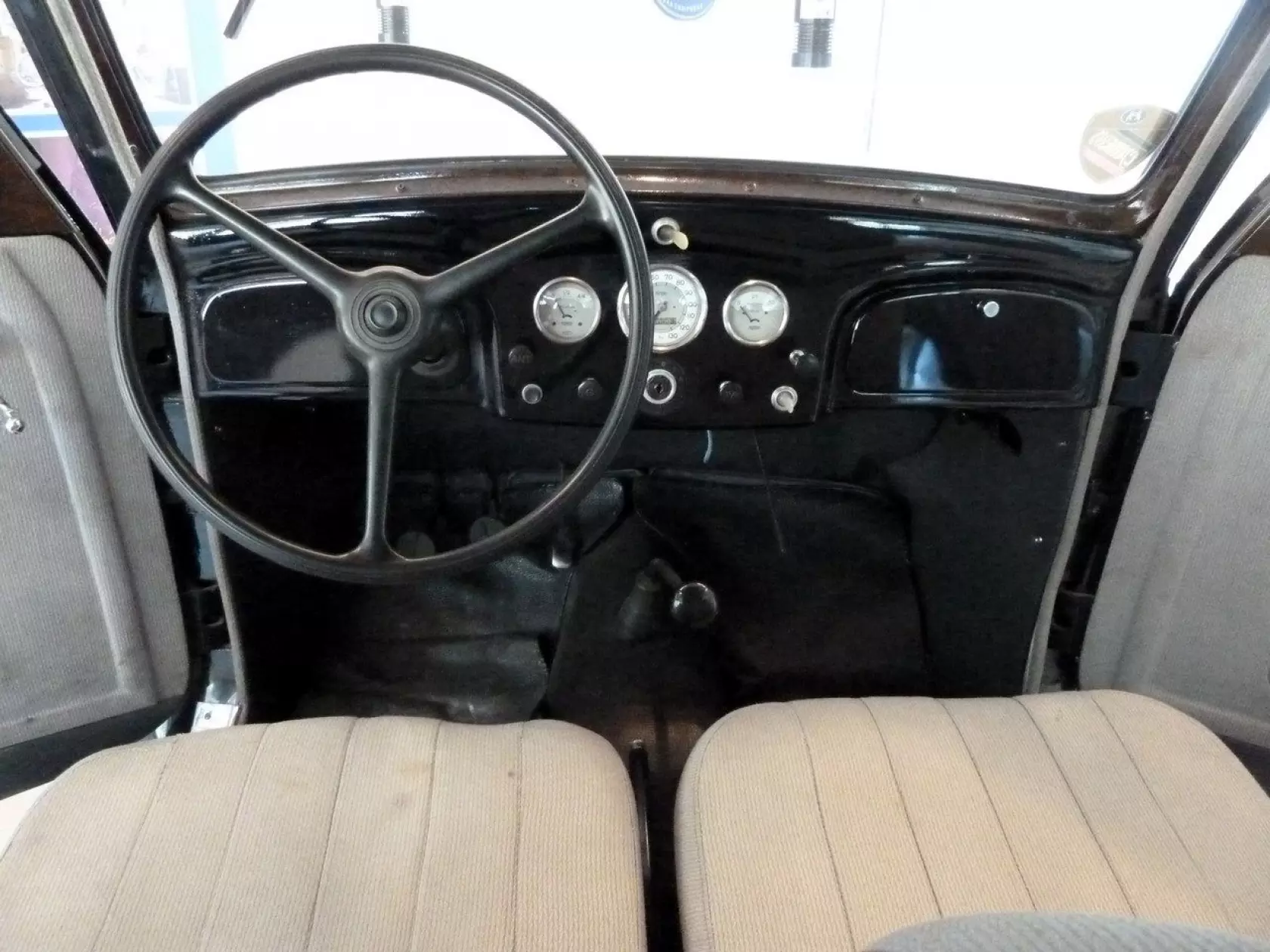 Fiat 508 adapted to run on CNG owned by Aleandro Tartarini - the driver’s seat
Fiat 508 adapted to run on CNG owned by Aleandro Tartarini - the driver’s seat 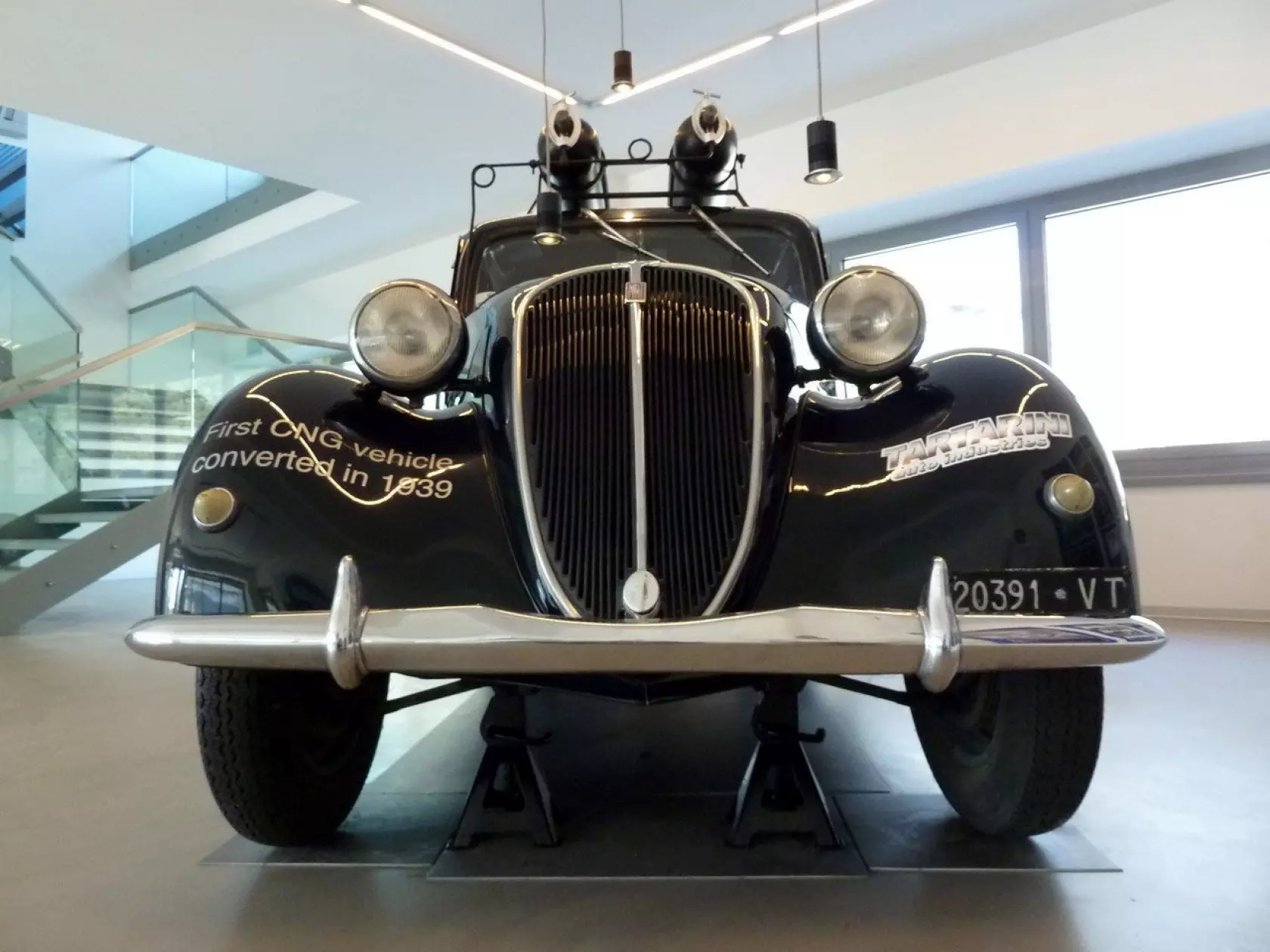 Fiat 508 adapted to run on CNG supply owned by Aleandro Tartarini
Fiat 508 adapted to run on CNG supply owned by Aleandro Tartarini 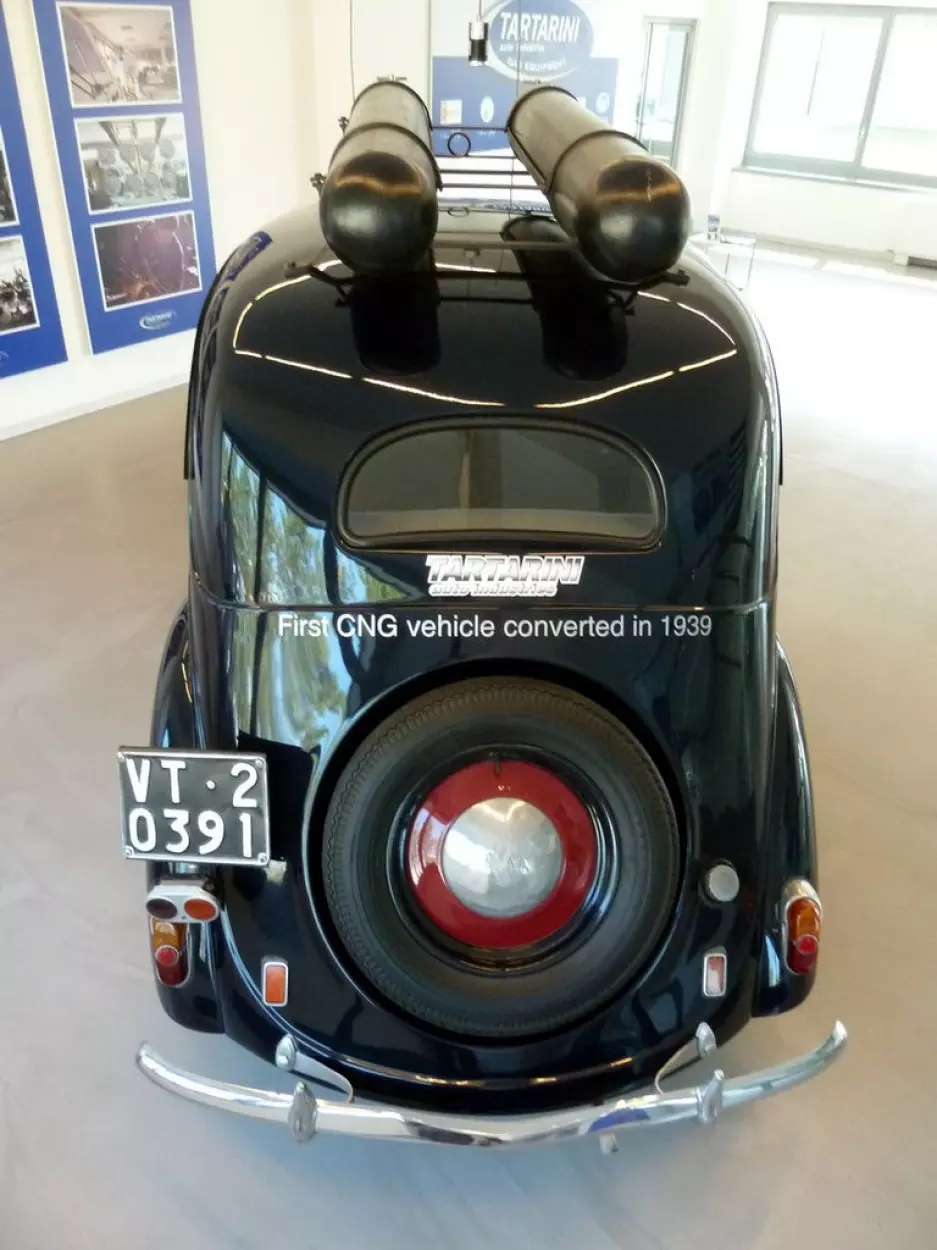 Fiat 508 adapted to run on CNG supply owned by Aleandro Tartarini
Fiat 508 adapted to run on CNG supply owned by Aleandro Tartarini 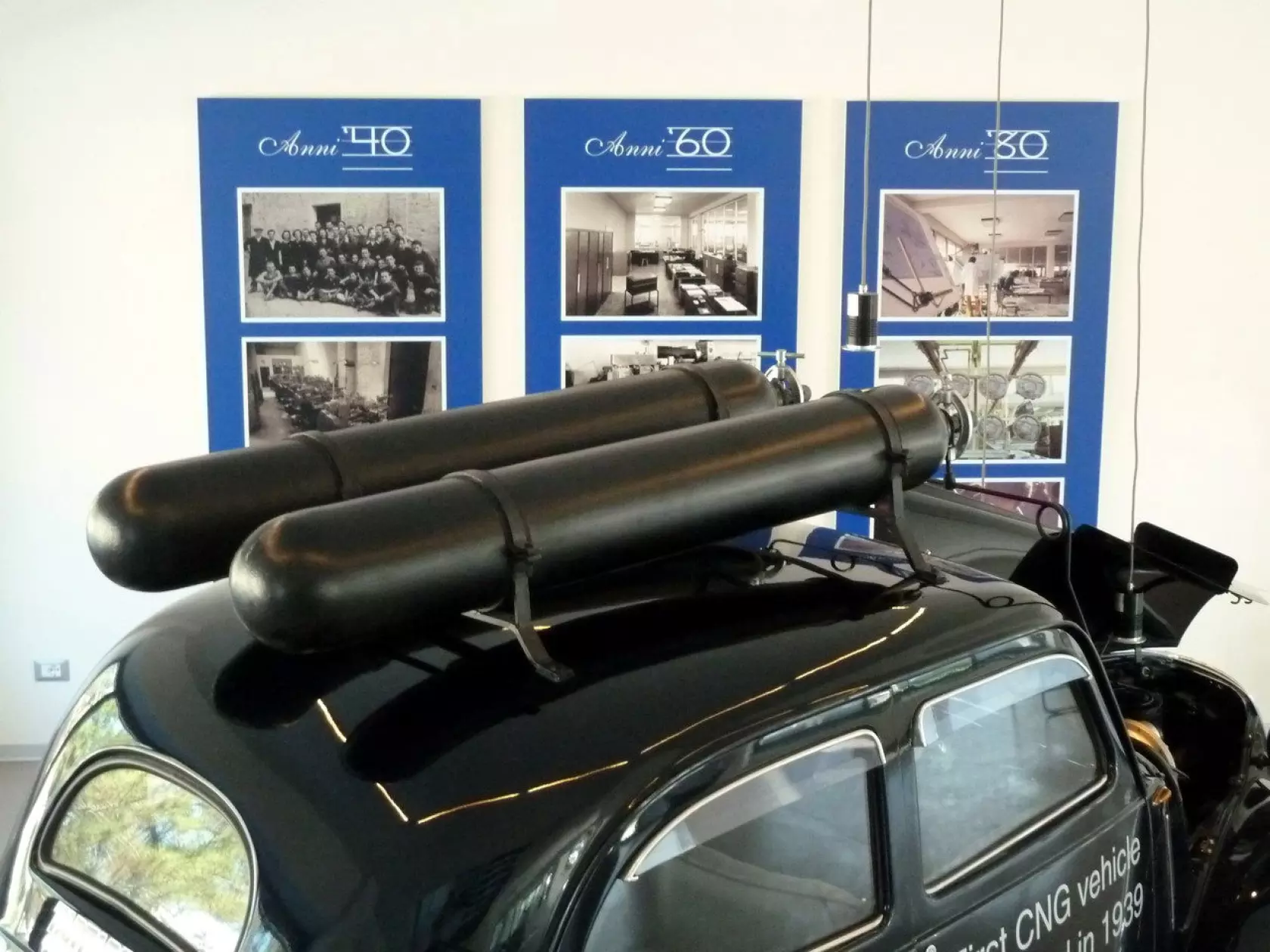 Fiat 508 adapted to run on CNG - cylinders placed on the roof, easily replaceable
Fiat 508 adapted to run on CNG - cylinders placed on the roof, easily replaceable  Fiat 508 adapted to run on CNG - cylinders placed on the roof, easily replaceable
Fiat 508 adapted to run on CNG - cylinders placed on the roof, easily replaceable 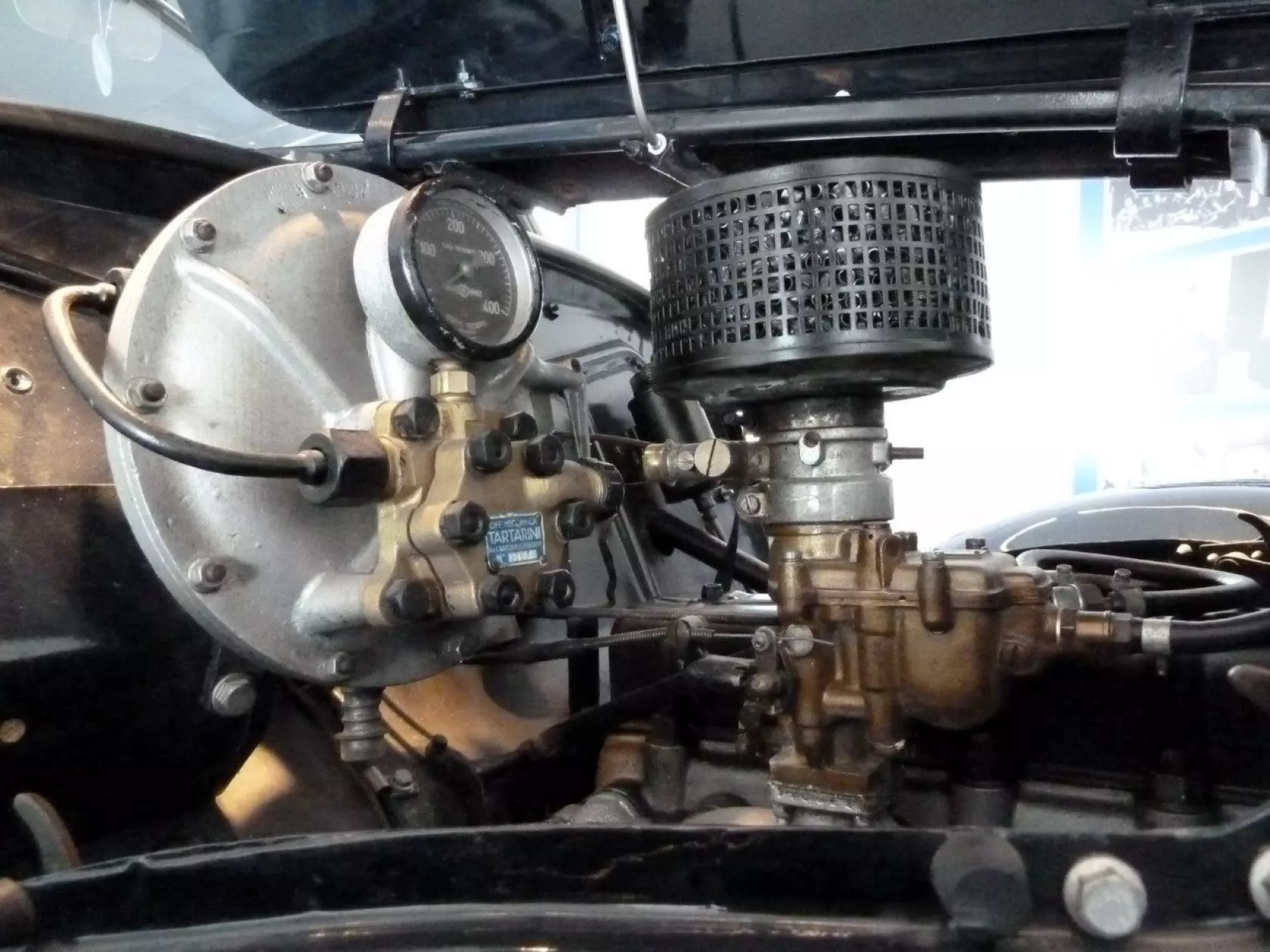 Fiat 508 adapted to run on CNG - gas system with a CNG reducer
Fiat 508 adapted to run on CNG - gas system with a CNG reducer 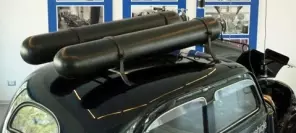












Methane as the main component of marsh gas was first discovered in 1776 by an Italian scientist Alessandro Volta, though it did not become widely used in different aspects of everyday life until 19th century. People had to wait even longer to use it in the automotive industry – until 1930s.
The financial crisis of 1929 pushed people to creating natural gas supply systems. Faster development of gas supply systems in cars was also helped by the fact that petroleum had to be imported to Italy and the country’s policy was to aim at self-sufficiency in engine fuels. It was particularly important after the outbreak of World War II, when it was even more difficult to obtain conventional fuel, as it was rationed.
It all led to the development of some unusual solutions like wood gas generators used in cars – quite common during the war.
Many people began to think about using natural gas as engine fuel. One of them was Aleandro Tartarini, who around that time founded his company – Officine Meccaniche Tartarini (OMT). The company grew rapidly, providing employment for many Italian people in those difficult times.
Since 1943, all cars used by civilians had to be powered by methane. This resulted in an even greater increase in interest in products offered by Tartarini.
With the increasing number of vehicles, the number of stations offering methane also went up. But unlike today, when methane compression stations are popular, back in those days distribution of this type of fuel was carried out by replacing empty cylinders for filled ones, which made sense, especially in the areas without gas network.
As a result of the war, Tartarini headquarters was destroyed. After the end of war, Tartarini re-started production of gas installations with the help of 13 employees.
The market grew rapidly. In mid-1950s, 3% of all 400 thousand vehicles were powered by natural gas. At the same time, distribution network was growing and included 1300 stations.
The emergence of cheap petroleum in 1960s caused the decline in demand for CNG. Oil crises of 1973 and 1978 revived interest in natural gas to some extent, but it was all too little to break CNG’s bad streak. This type of fuel became popular again only in the 90s, when fiscal policy began promoting supplying vehicles with natural gas. It was around that time that Fiat Marea and Multipla Bipower entered the market, both equipped with natural gas sequential injection systems developed by Tartarini Auto in cooperation with Metatron.
Zobacz stronę producenta:
Tartarini